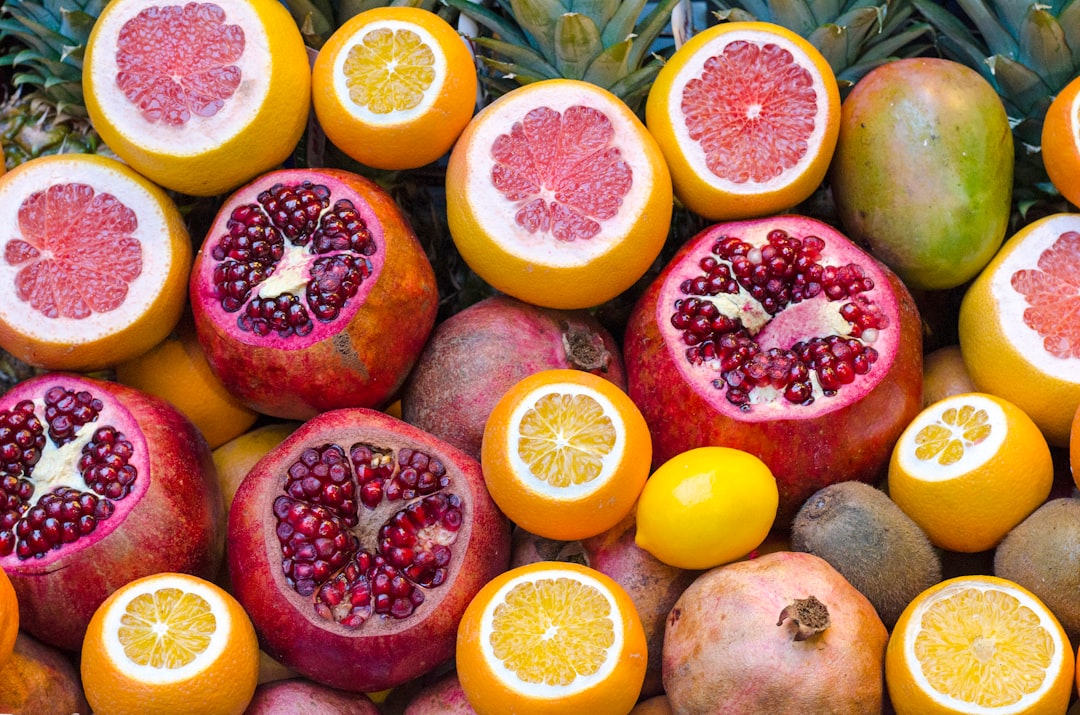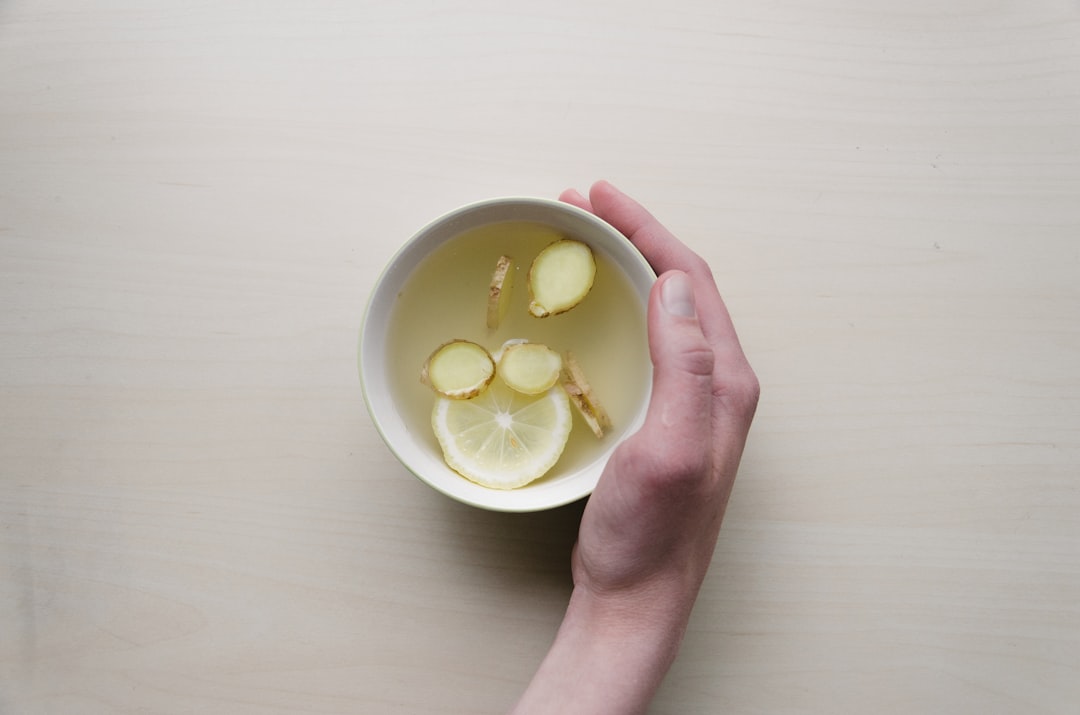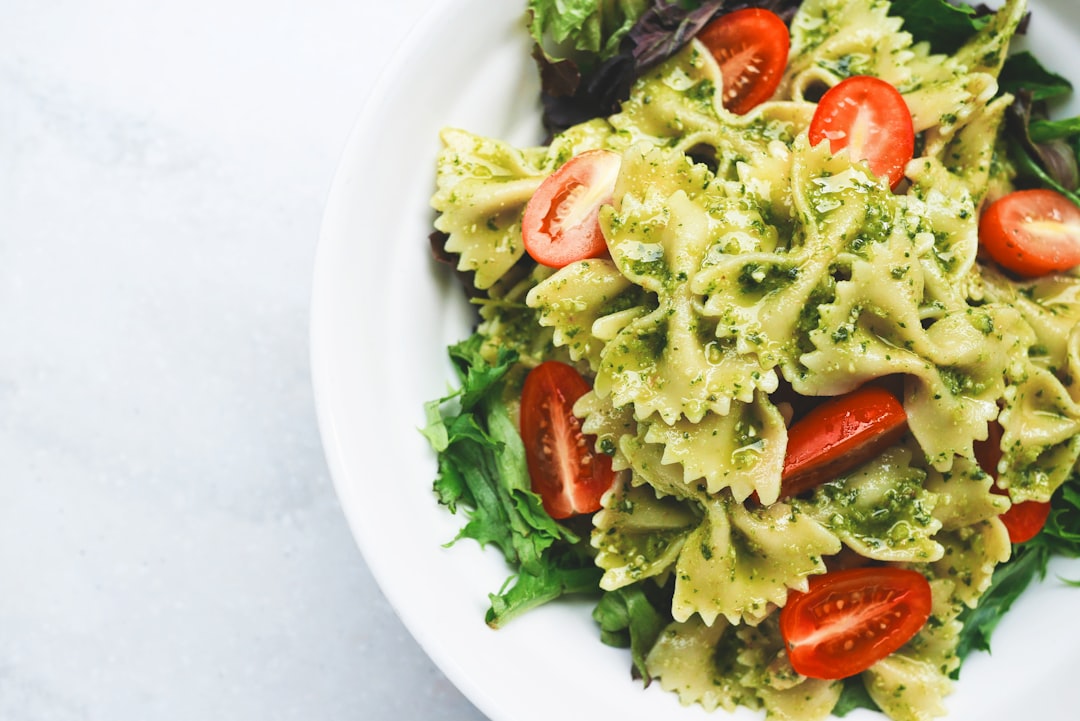As a pet owner, ensuring the safety of your feline friend is paramount, especially when it comes to their food. Recent concerns about the connection between bird flu and cat food have raised alarms among animal lovers. Understanding the potential risks involved and knowing how to identify contaminated products is crucial. Additionally, recognizing the signs of infection in your cat can aid in early detection and treatment. Equipping yourself with the right information will empower you to make informed choices, protecting your pets from the dangers associated with bird flu cat food.
Understanding Bird Flu and Its Impact on Pets
Bird flu, also known as avian influenza, primarily affects birds but can pose risks to other animals, including pets like cats. Here are essential points about bird flu and its implications for your feline friends:
- Transmission: Cats can contract bird flu by eating infected birds or contaminated cat food.
- Symptoms: While many cats may not show signs, some may display respiratory issues, lethargy, or gastrointestinal problems.
- Serious Risks: In severe cases, bird flu can lead to significant health complications or even fatalities in affected cats.
To protect your pet, it is crucial to stay informed about the sources of their Bird Flu Cat Food. Ensure you purchase cat food from reputable brands that conduct strict safety checks. Furthermore, avoid feeding raw or undercooked birds or animals that may carry the virus.
By being vigilant and proactive, pet owners can help prevent bird flu from impacting their beloved cats, ensuring a healthier and safer environment.

The Link Between Bird Flu and Cat Food
Understanding the connection between Bird Flu and cat food is essential for pet owners. Bird Flu, primarily affecting avian species, can have indirect effects on domestic cats. Here’s how:
Transmission Pathways: Cats can contract the virus by:
- Eating infected birds: Raw or undercooked poultry can pose a risk.
- Contact with contaminated surfaces: Feathers, droppings, or environments where infected birds have been present.
Commercial Cat Food Concerns:
- Although commercial Bird Flu cat food usually undergoes rigorous safety checks, risks still exist:
- Infected birds in the supply chain can affect ingredients.
- Poor quality control may allow contaminated products to reach consumers.
- Although commercial Bird Flu cat food usually undergoes rigorous safety checks, risks still exist:
Symptoms to Monitor: Be aware of unusual behavior or health issues in your cat, such as:
- Loss of appetite
- Coughing or sneezing
- Lethargy
To ensure your cat’s safety, always check for reliable sources and avoid feeding them raw products. Opt for trusted brands of Bird Flu cat food designed to minimize health risks. Keeping informed and vigilant is crucial for safeguarding your beloved pet.
Signs of Contaminated Cat Food
Identifying contaminated cat food is crucial for your pet’s health. Here are some key signs to watch for:
- Unusual Smell: If your cat food emits a strong, rancid odor, it may be contaminated.
- Change in Color: Look for any unexpected discoloration or unusual spots in the food.
- Texture Issues: A change in texture, such as clumpiness or wetness, can indicate spoilage.
- Presence of Foreign Objects: Take note of any unusual items like hair or plastic in the food.
- Mold or Spoilage: Visible mold is an obvious sign that you should discard the food immediately.
It’s essential to be vigilant about the quality of Bird Flu Cat Food. Purchase from reputable brands and always check expiration dates. If you notice any of these signs, stop feeding that specific product and consider switching to trusted alternatives. Keeping your cat’s diet safe protects their health and ensures they receive the nutrition they need.
Risks of Feeding Infected Animals to Cats
Feeding your cat infected animals poses significant health risks, particularly in relation to Bird Flu Cat Food. Understanding these risks can help you keep your feline friend safe. Here are the key points to consider:
- Transmission of Virus: If cats consume infected birds or animals, they may contract the virus, leading to potential illness.
- Symptoms of Infection: Cats may exhibit symptoms such as lethargy, respiratory issues, and fever. Recognizing these signs early is crucial for prompt intervention.
Comparison of Risks
| Risk Factor | Severity | Action Required |
|---|---|---|
| Ingesting infected birds | High | Immediate veterinary consultation |
| Feeding raw food from unknown sources | Moderate to High | Thoroughly vet the source |
| Exposure to infected environments | Moderate | Limit contact with wild animals |
To protect your cat, always choose trusted sources for their food. Opt for commercial brands that ensure their products are free from contamination. By being proactive and informed about Bird Flu Cat Food, you mitigate the chances of exposing your cat to serious health risks.

How to Safeguard Your Cat Against Bird Flu
Protecting your feline friend from Bird Flu Cat Food requires a proactive approach. Here are effective steps every pet owner should follow:
Choose Quality Brands: Opt for reputable cat food manufacturers that follow strict safety protocols. Look for brands that disclose sourcing and processing methods.
Inspect Labels: Always check the ingredients list. Ensure that the meat is sourced from safe, reliable suppliers. Avoid foods that involve at-risk poultry.
Stay Informed: Keep abreast of any recalls or safety alerts regarding Bird Flu Cat Food. Follow updates from reputable pet health organizations.
Only Cooked Foods: Serve cooked, homemade meals where possible. This minimizes the risk of contamination from raw ingredients.
Monitor Purchase Sources: Buy food from trusted stores. Avoid bulk purchases from questionable retailers that may have less scrutinized inventory.
By following these guidelines, you can help ensure your cat remains safe and healthy while enjoying a nutritious diet. Always prioritize safety when selecting Bird Flu Cat Food!
Choosing Safe and Reliable Cat Food Brands
When selecting cat food, especially in light of concerns about Bird Flu Cat Food, prioritize safety and quality. Here are key factors to consider:
Reputable Brands: Choose companies with a history of safety and quality. Look for brands that are transparent about their ingredient sourcing and adhere to stringent safety protocols.
Ingredient Lists: Verify the ingredient list for high-quality protein sources. Avoid cat food containing by-products or poorly defined animal ingredients.
Certification: Check for certifications from organizations like the Association of American Feed Control Officials (AAFCO). This indicates adherence to safety standards.
Recalls: Research any recalls associated with the brand. Frequent recalls might indicate potential safety issues that can affect Bird Flu Cat Food.
Reviews and Ratings: Read customer reviews and seek recommendations from fellow pet owners or veterinarians to gauge the brand’s reliability.
By making an informed choice, you can help ensure that your pet consumes safe and nourishing food, reducing the risks associated with Bird Flu Cat Food.
What to Do if Your Cat Shows Symptoms
If you suspect your cat may be affected by Bird Flu due to contaminated cat food, it’s crucial to act promptly. Early intervention can make a significant difference in your cat’s health and recovery. Here’s what to do:
Monitor Symptoms:
- Watch for signs such as coughing, sneezing, lethargy, and loss of appetite.
- Note any unusual behaviors, such as excessive grooming or hiding.
Quarantine Your Cat:
- Isolate your cat from other pets to prevent potential spread.
- Limit contact until you consult a veterinarian.
Contact Your Veterinarian:
- Schedule an appointment—don’t wait until symptoms worsen.
- Provide your vet with information about the cat food brand and any recent changes in your cat’s diet.
Discuss Testing Options:
- Your vet may recommend specific tests for Bird Flu.
- Discuss treatment options, including supportive care and medications if necessary.
Review Cat Food Sources:
- If Bird Flu Cat Food is suspected, switch to a trusted brand.
- Look for brands known for stringent safety measures.
By taking these proactive steps, you can ensure your cat receives the care it needs if symptoms of Bird Flu appear.

Consulting Your Veterinarian: Key Steps for Pet Owners
When it comes to the health of your cat, consulting your veterinarian is crucial, especially regarding concerns around Bird Flu Cat Food. Here are key steps to take if you suspect your cat may have been exposed:
Observe Symptoms: Monitor your cat for any signs of illness, such as:
- Loss of appetite
- Coughing or sneezing
- Lethargy
- Vomiting or diarrhea
Gather Information: Collect details about your cat’s diet, particularly if you have recently fed them Bird Flu Cat Food. Be ready to provide:
- Brand and type of food
- Feeding schedule
- Any changes in food consumption
Contact Your Veterinarian: Call your vet promptly. Early intervention is important. In your call:
- Describe symptoms and concerns clearly.
- Mention any potential exposure to Bird Flu Cat Food.
Follow Recommendations: Your vet may recommend specific tests or dietary changes. Follow their guidance closely to ensure your cat’s well-being.
By taking these steps, you can help safeguard your cat’s health and ensure a rapid response if any issues arise.
Frequently Asked Questions
What is bird flu and how does it affect cats?
Bird flu, caused by the avian influenza virus, primarily affects birds but can also pose risks to cats, especially if they consume infected birds or contaminated food. While cats are not the primary hosts for the virus, they can become infected and may experience symptoms like coughing, difficulty breathing, and fever. Understanding these risks is crucial for pet owners to ensure their cats’ safety.
How can I tell if the cat food I’ve purchased is safe?
To ensure the cat food is safe, pet owners should check for recalls related to avian influenza. This information is often available on the manufacturer’s website or through pet food safety resources. Additionally, pet owners should examine the ingredients list for any mention of poultry sources and ensure that the product has undergone proper safety inspections. Consulting with a veterinarian can also provide insights on the best choices for cat food.
What should I do if my cat shows symptoms of bird flu?
If your cat shows symptoms, such as lethargy, respiratory issues, or a decrease in appetite, it is vital to seek veterinary care immediately. A veterinarian may perform tests to determine if your cat has been infected with bird flu or another illness and will provide appropriate treatment options. Ensure to inform the vet about any recent exposure to potentially contaminated food or environments.
Are there specific types of cat food I should avoid?
Pet owners should be cautious with cat foods that contain poultry sourced from regions affected by bird flu outbreaks. It’s advisable to avoid raw or undercooked poultry products, as they may carry a higher risk of infection. Opting for commercially processed cat food from reputable brands that follow strict safety protocols can help minimize risks. Always read labels and check for signs of quality assurance.



